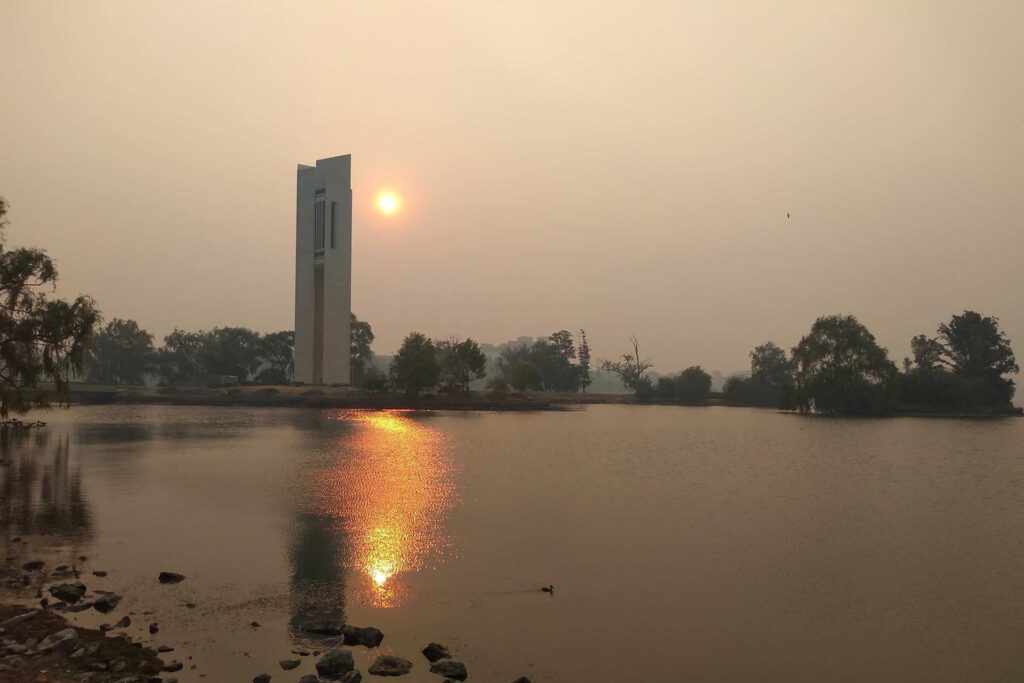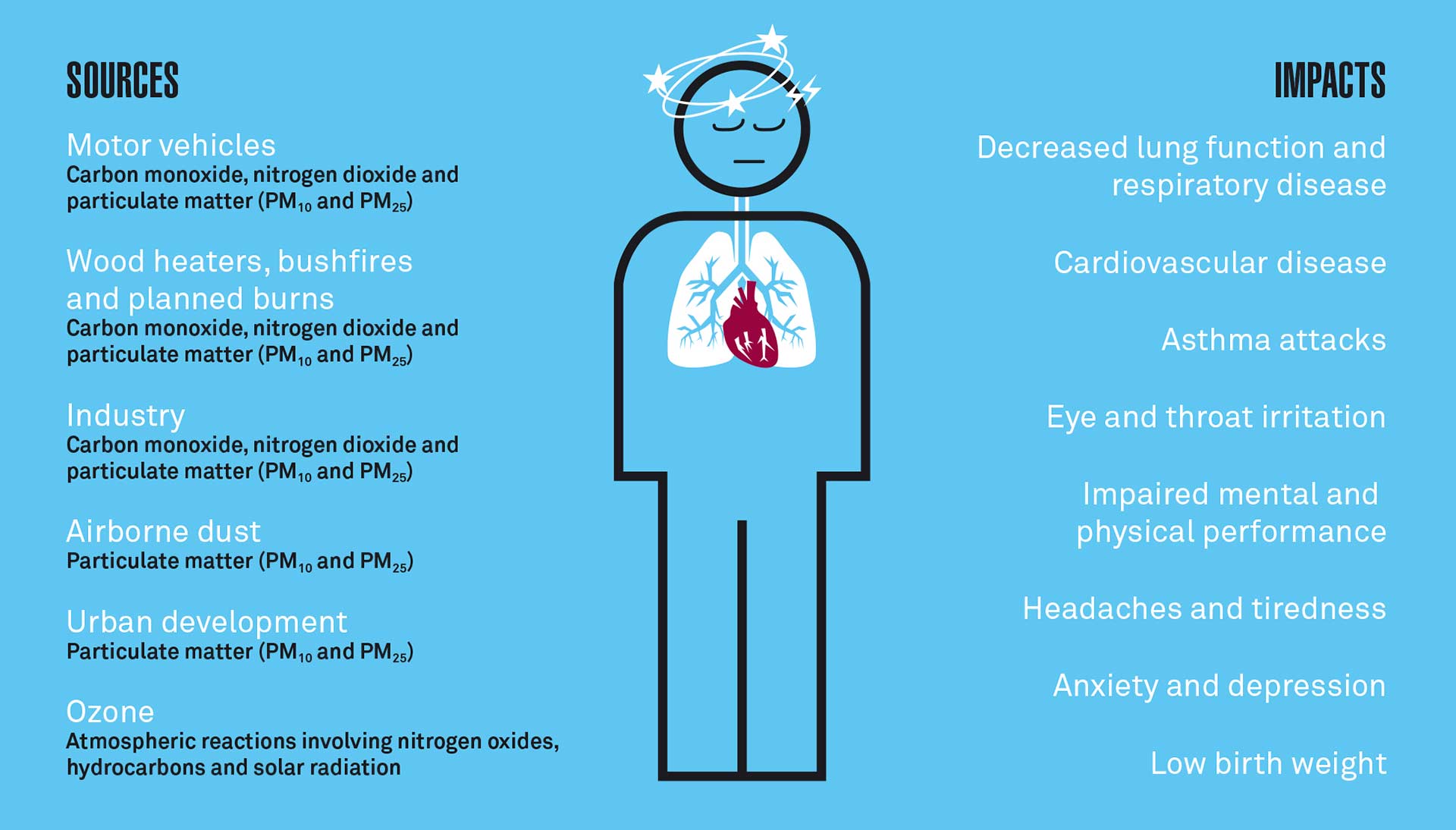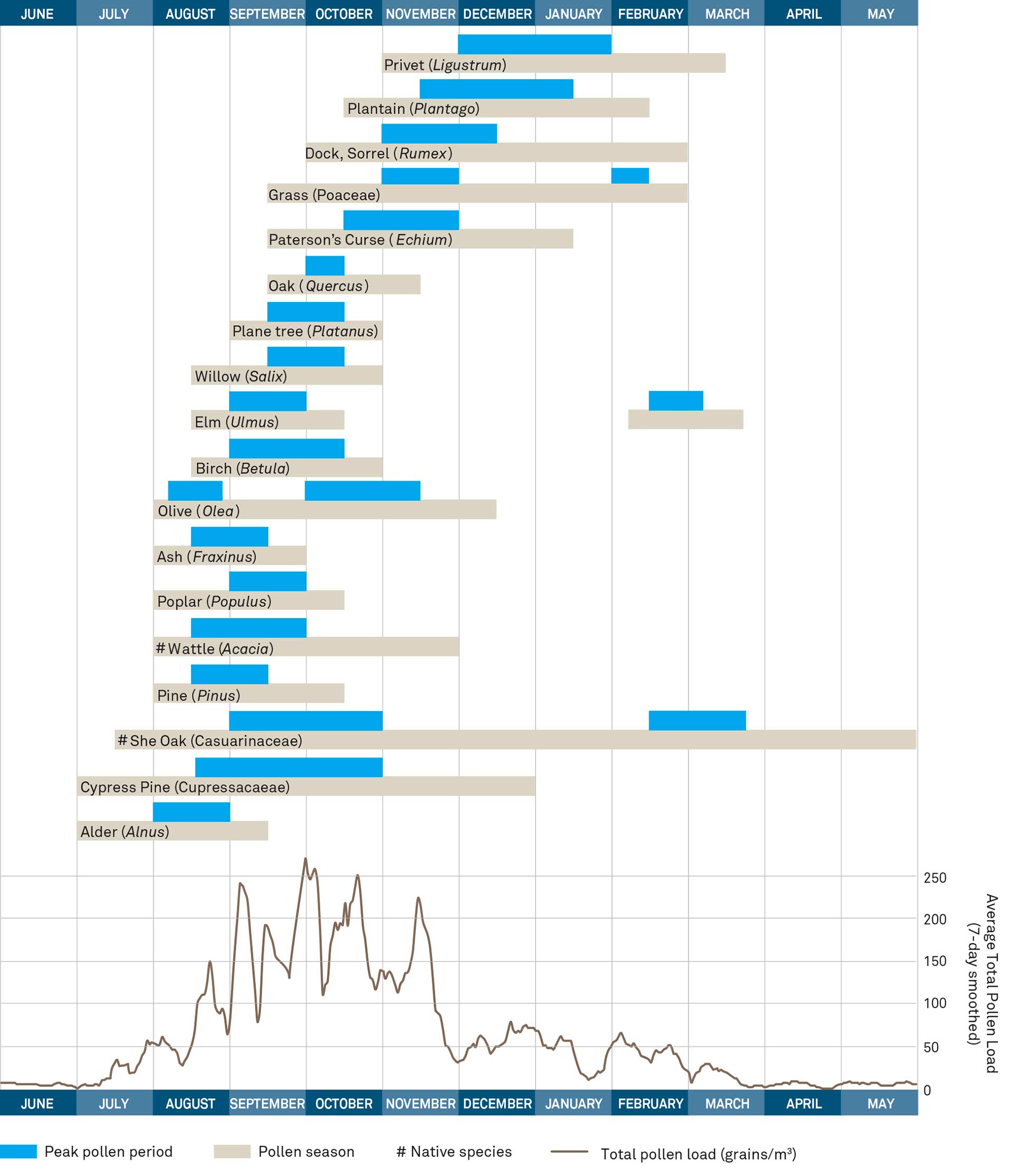Sources and impacts of air pollution
Air pollution can occur in places where there are lots of people, industry and vehicles. Air pollution can harm our health. Exposure to air pollutants may lead to breathing problems and respiratory disease, heart disease, asthma attacks, eye and throat irritation, declines in mental and physical performance, headaches and tiredness, anxiety and depression, and babies being born underweight. Polluted air also affects plants, damages buildings and significantly lowers visibility making it difficult to see features such as mountains and buildings in the distance.

The main sources of air pollution are:
- Vehicle emissions – Cars, trucks and motorbikes, powered by fossil fuels such as petrol and diesel, release carbon monoxide, nitrogen dioxide and a variety of tiny particles. Motor vehicles that use diesel fuel generally emit more nitrogen dioxide and particles than petrol-powered vehicles.
- Emissions from fires and, industry and urban development – Wood heaters and open fireplaces in homes, bushfiresA fire that burns in grass, bush or woodland and can threate More and controlled burnsAlso known as prescribed or hazard reduction burns, involves More release carbon monoxide, nitrogen dioxide and particles into the air that are bad for our health. Industry also contributes carbon monoxide, nitrogen dioxide and particles. Urban development, such as site clearing and road works, releases dust and soils particles into the air.
- Chemical reactions – Chemical reactions in the air can create pollutants. Ozone can form on warm, still, sunny days, when oxides of nitrogen from industry, vehicles and natural gas react with carbon-containing gases released from industry, vehicles and vegetation. Ozone can also form when sunlight activates chemical reactions in bushfireA fire that burns in grass, bush or woodland and can threate More smoke. Ozone is a gas that can both harm and help. High in the atmosphere it helps us, as the ozone layer blocks much of the Sun’s harmful ultraviolet radiation. But ozone low in the atmosphere, and other air pollutants, can cause harm to our health.
Small and smaller
Airborne particles include dust, dirt, soot, smoke and liquid droplets. Some of the particles in soot or smoke are large or dark enough to be seen. Others are so small that they can be seen only with a microscope.
Scientists measure the size of particles in micrometres (millionths of a metre). Particles 10 micrometres or less in diameter are known as Particulate matter 10Particles in air 10 micrometres or less in diameter. These p More. Really fine particles, 2.5 micrometres or less, are called Particulate matter 2.5Particles in air 2.5 micrometres or less in diameter. These More. By comparison, a human hair is about 70 micrometres wide, equivalent to seven times the diameter of the largest Particulate matter 10Particles in air 10 micrometres or less in diameter. These p More particles.
Smaller particles can penetrate deep into the lungs. Particles smaller than 2.5 micrometres (Particulate matter 2.5Particles in air 2.5 micrometres or less in diameter. These More) represent the greatest problem for health.
Pollen counts
Pollen is a very fine powder produced by trees, flowers, grasses and weeds to fertilise other plants. Pollen can trigger hay fever and asthma.
The ACT has Australia’s highest rate of hay fever, with almost one in three residents affected – and the problem is getting worse. Between 2007 and 2018, there was a 10 per cent rise in the number of people affected.
The peak pollen season happens in spring, but there is pollen that also triggers allergic reactions in late winter and summer.
Over the past 90 years, Canberra’s urban development and associated tree-planting have increased the amount of allergy-causing pollen. In future, climate change is likely to affect the onset, duration and intensity of the pollen season, as well as worsening how pollen affects people.
More information on pollen in Canberra can be found HERE




